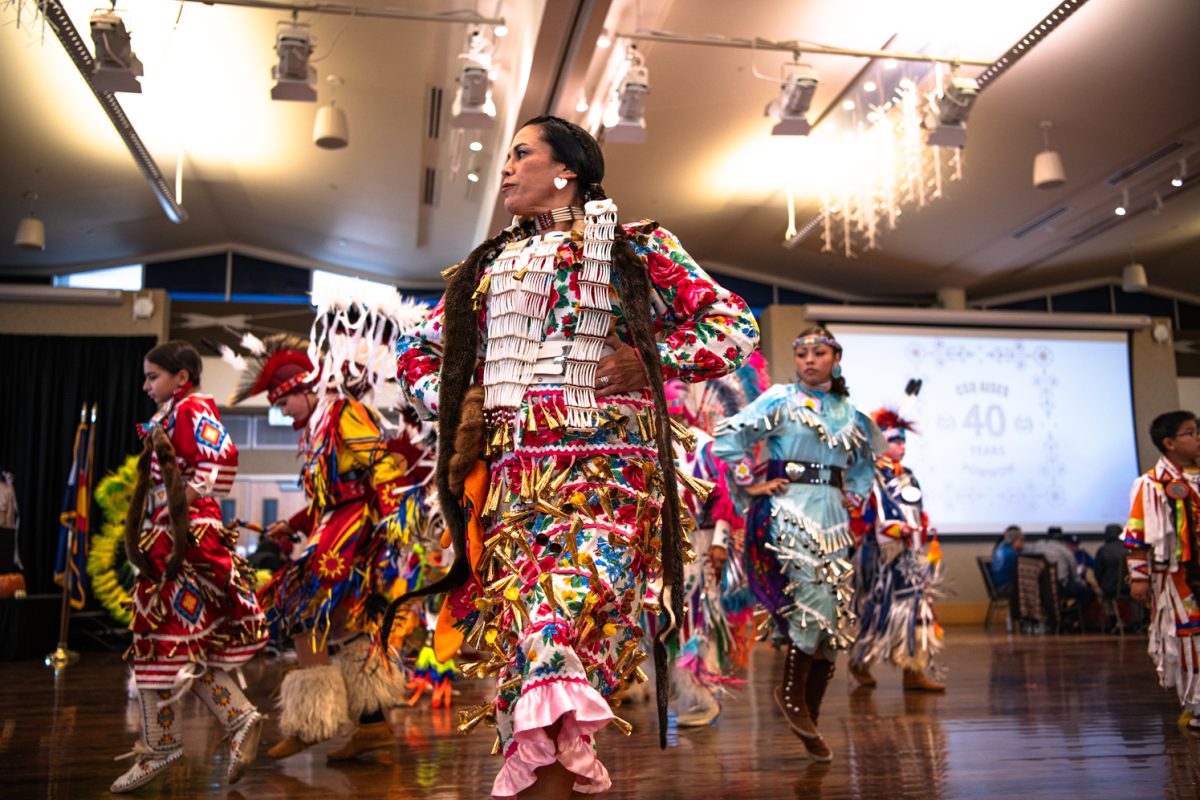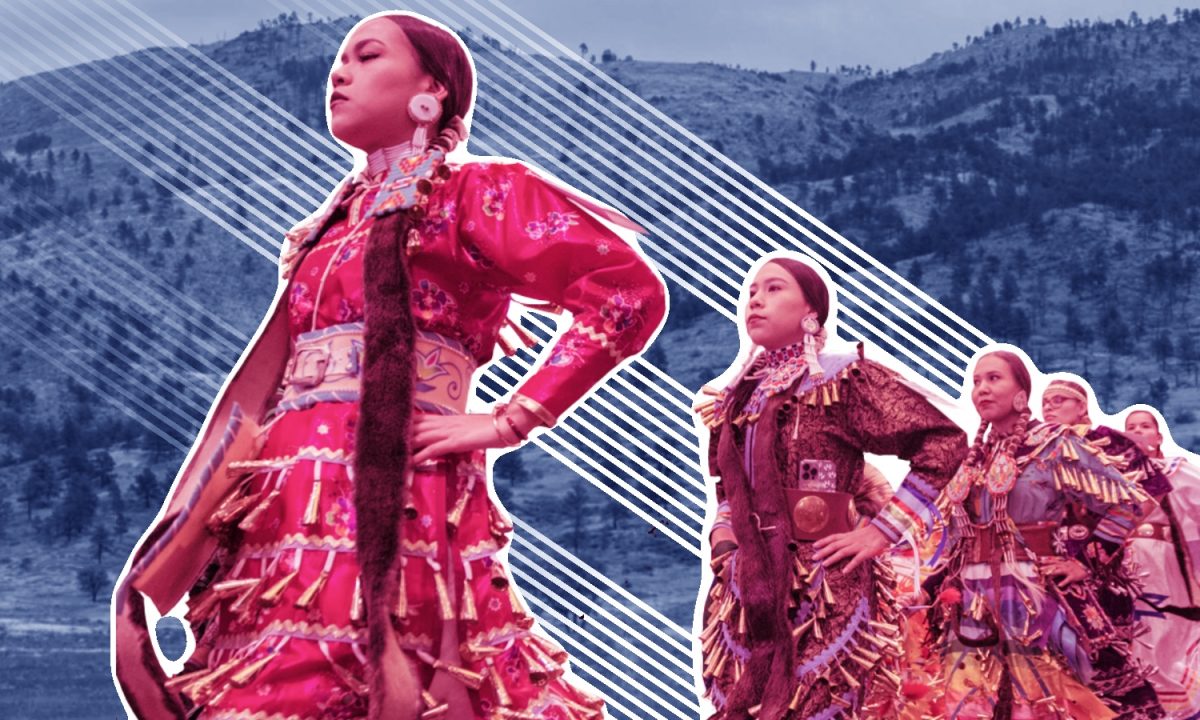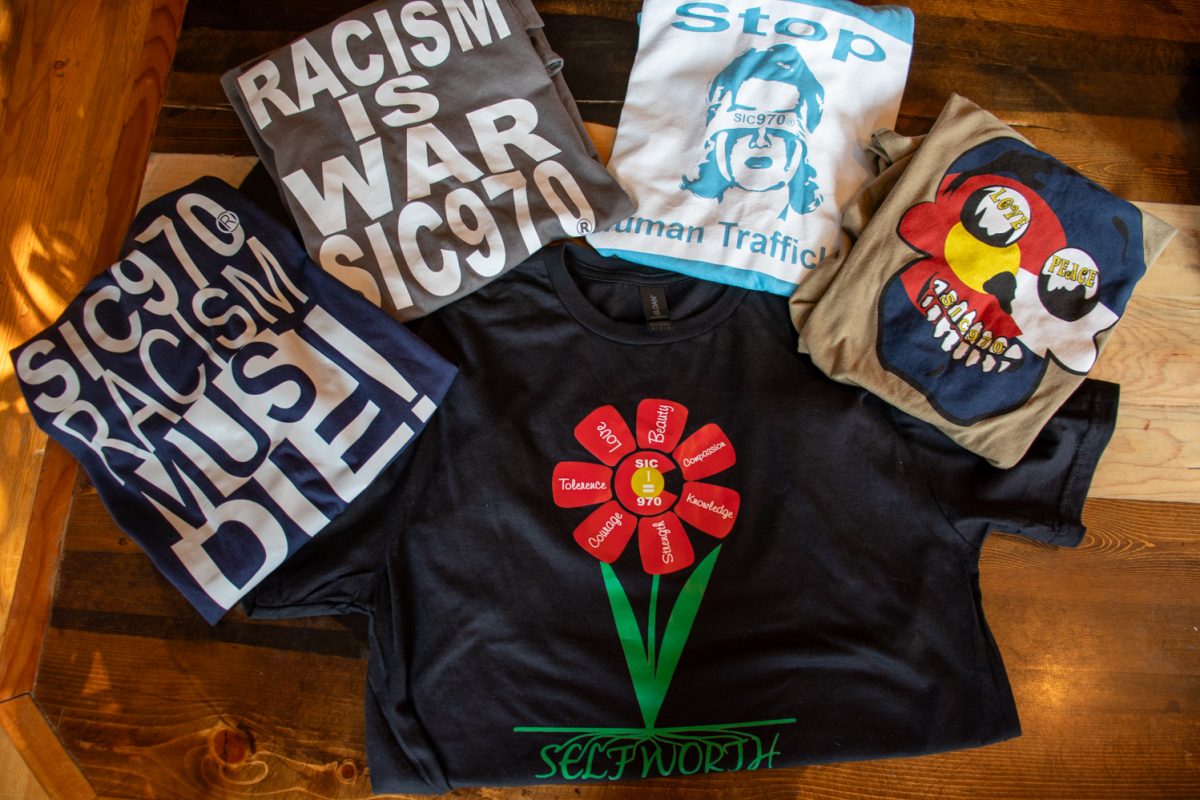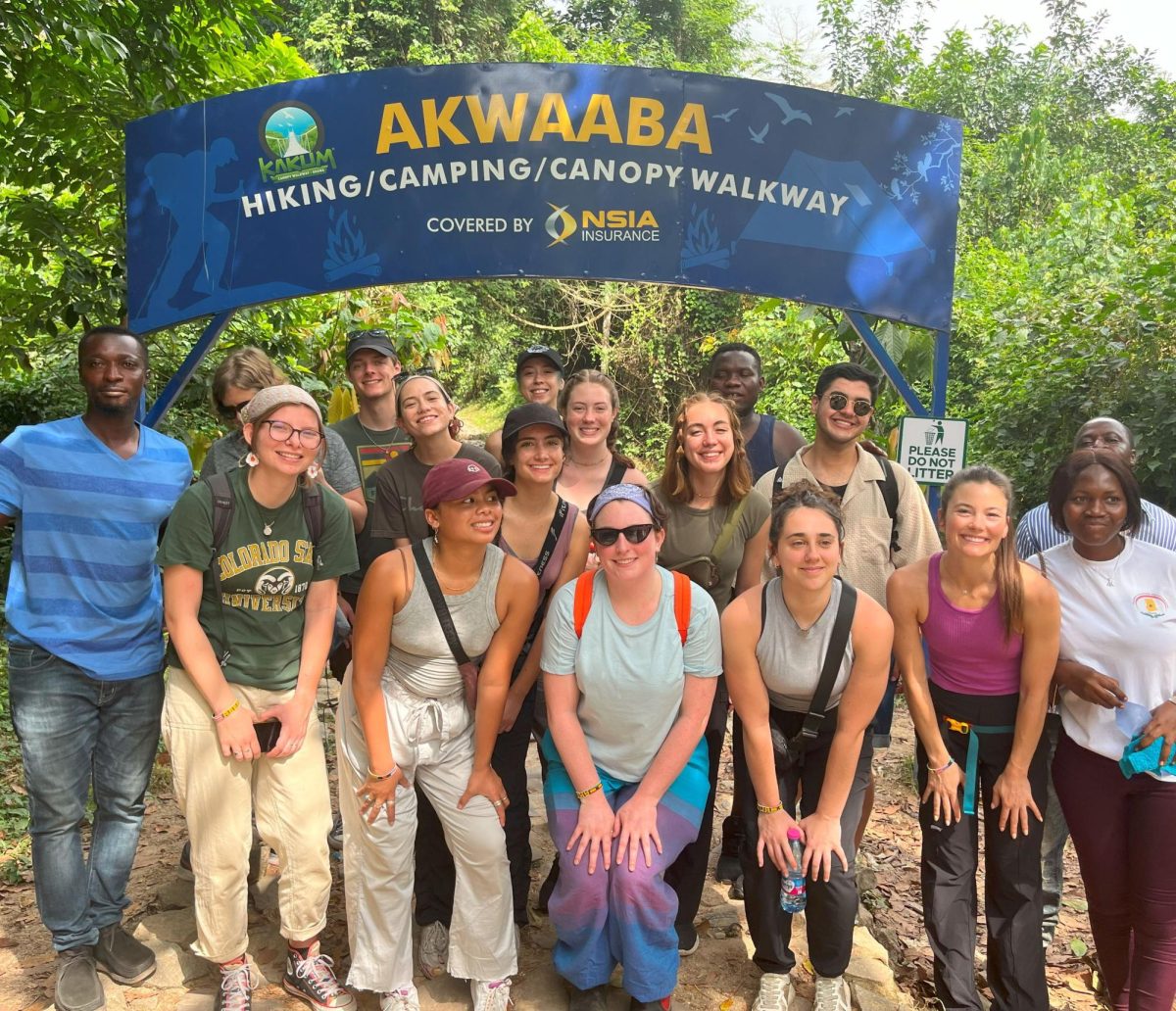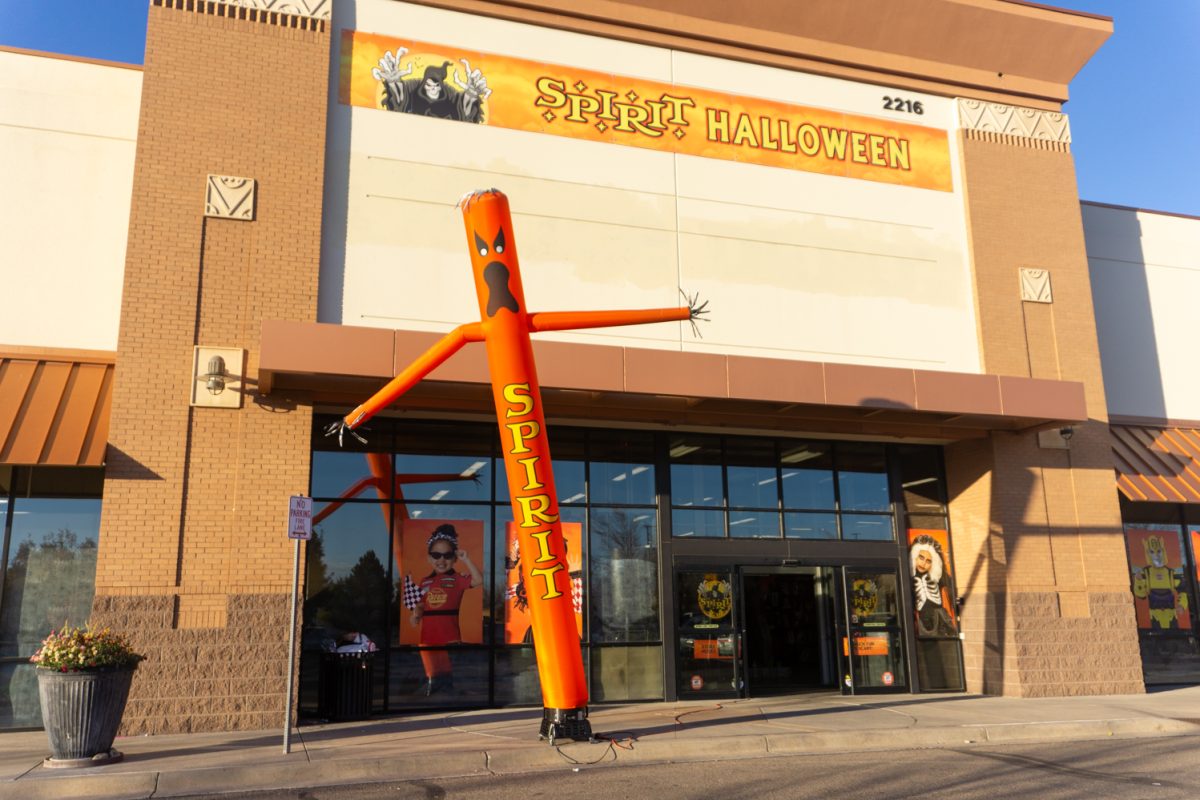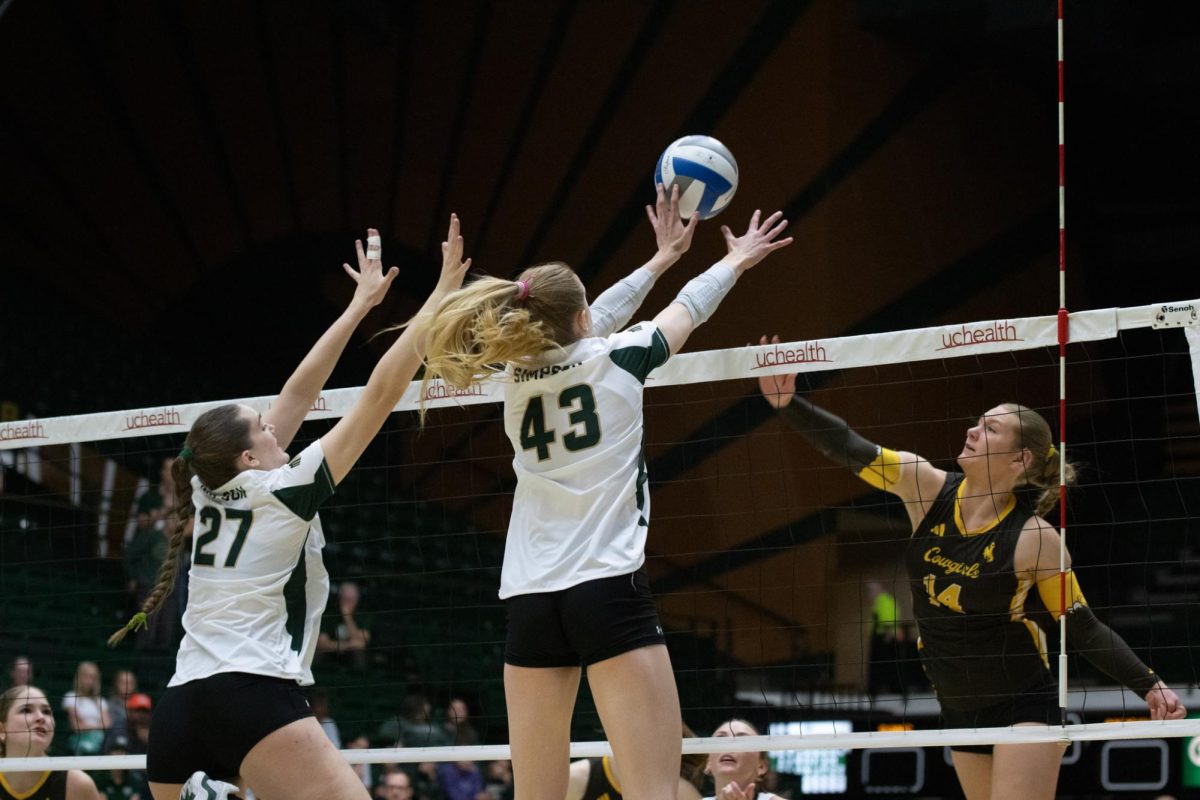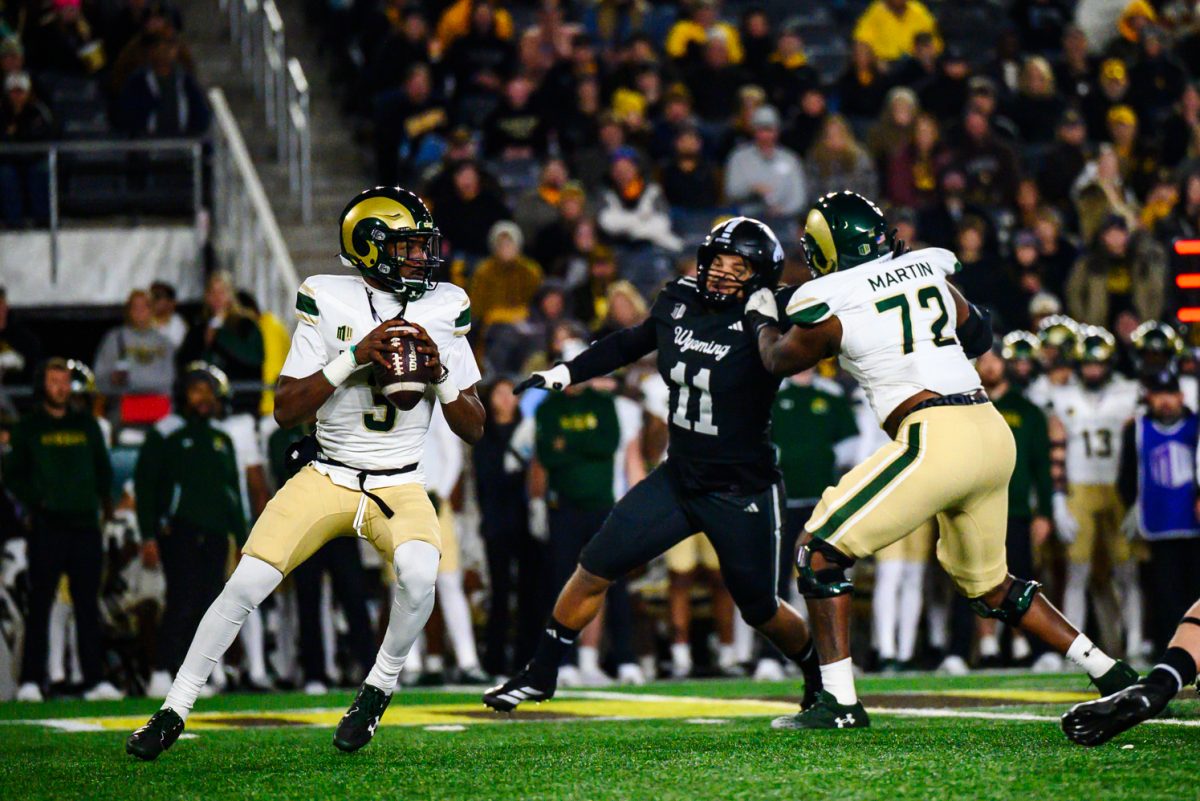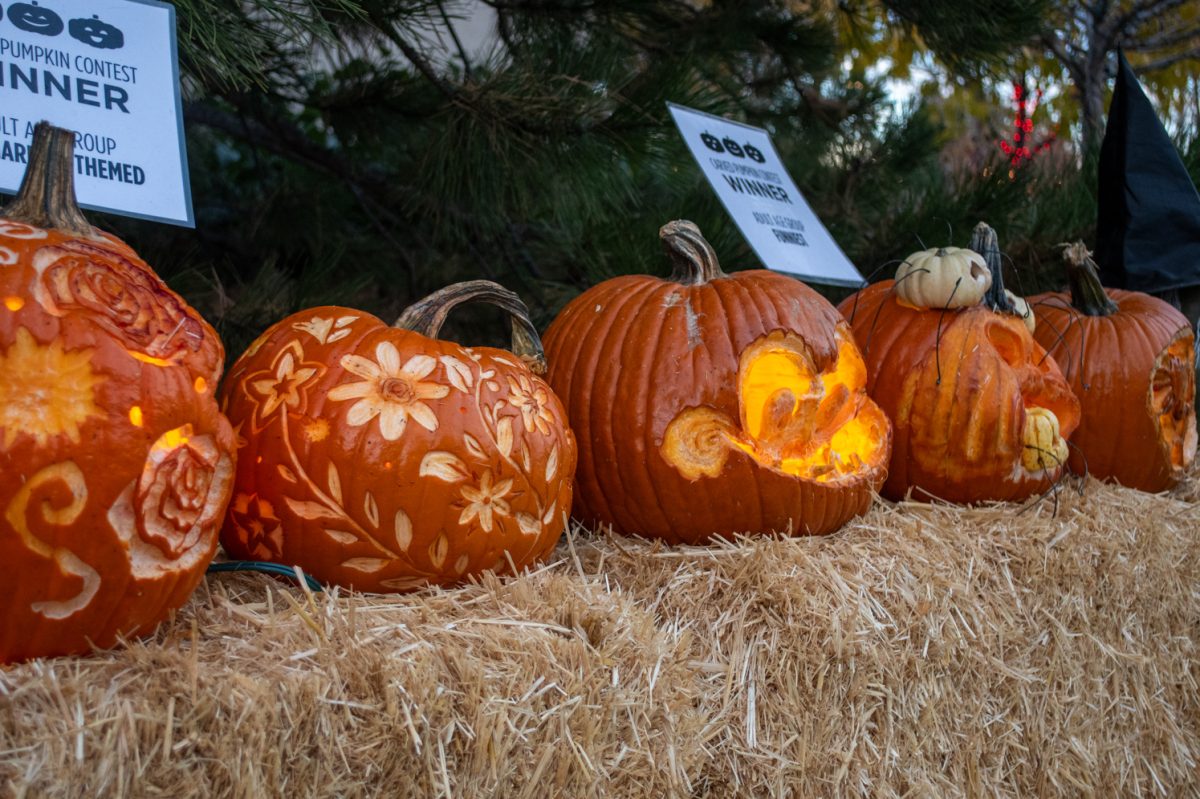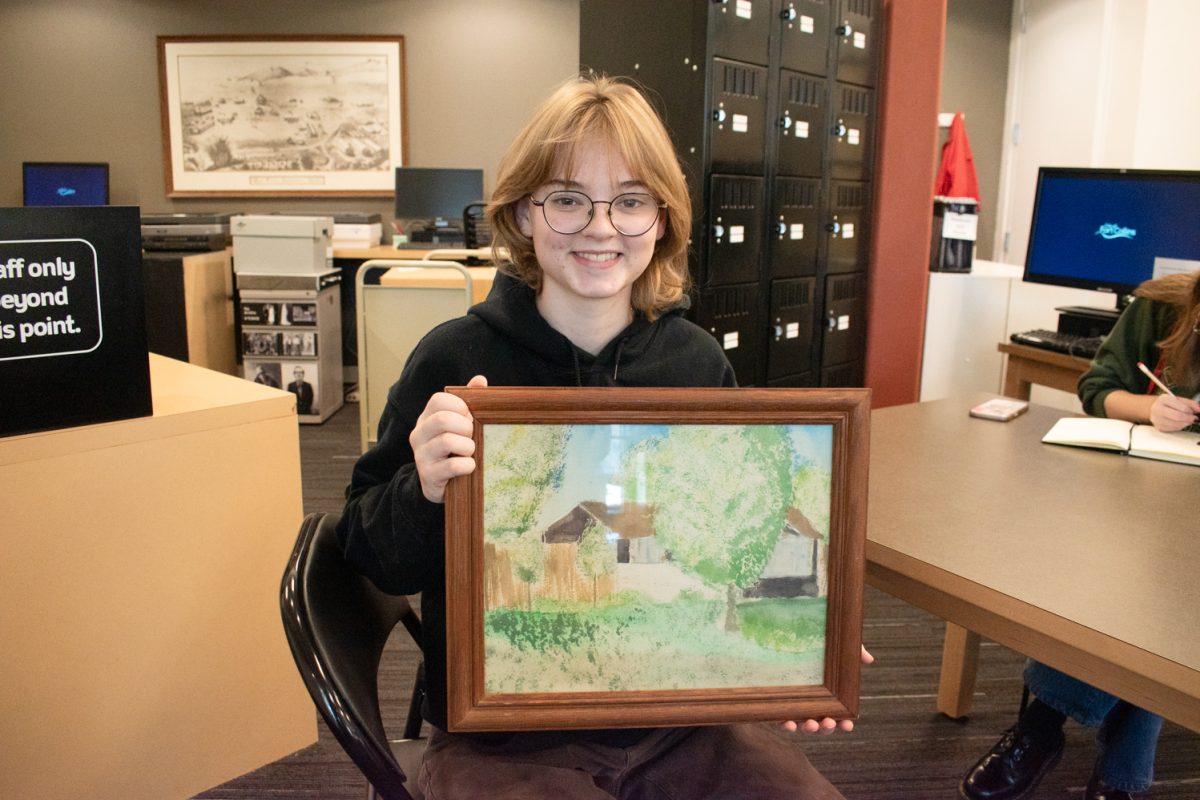Editor’s note: Two of the photos included in this article have been changed at the request of the Native American Cultural Center.
Organized by American Indian Science and Engineering Society, Colorado State University’s 40th annual Powwow turned the Lory Student Center Grand Ballroom into a display of ornate attire, pounding drums and singing.
The Powwow hosted individuals from a variety of states, such as Colorado, Wyoming, New Mexico and Arizona, Saturday, Nov. 2.
AISES President Miya Chavez explained a large draw behind hosting events like the Powwow: to emphasize that Indigenous culture is still alive.
“Your family has put up so much for you; your ancestors have gone through so much, and so for you to keep going and get an education is huge. That speaks volumes to the resilience of Native people and also just how much strength we have.” -Rasa Humeyumptewa, Native American Cultural Center assistant director
“I mean, there are some people out there that think that we’re not in existence anymore,” Chavez said. “So I think it’s really important to recognize that, hey, this is a group that’s here.”
The fact that the event is held on the university’s campus is significant — an ode to the history Indigenous peoples have with academia and the struggles endured to get to where they are today.
“Your family has put up so much for you; your ancestors have gone through so much, and so for you to keep going and get an education is huge,” said Rasa Humeyumptewa, Native American Cultural Center assistant director. “That speaks volumes to the resilience of Native people and also just how much strength we have.”
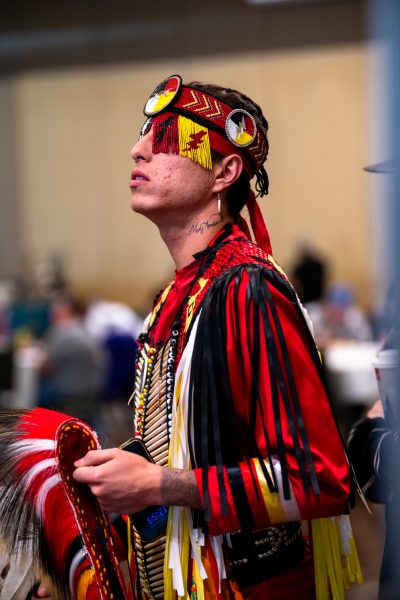
Community also plays a large part in the Powwow, as it is an event that welcomes anyone, regardless of their background, religion or culture.
“There’s no sort of expectation of how you’re supposed to come,” Humeyumptewa said. “Community exists within our tribes, but community also expands out beyond that. As Native people, we really sort of welcome everyone.”
Doreen Martinez, an Apache tribe member and an associate professor within the ethnic and gender studies research department at CSU, touched on the deeper connotation of the event.
“This is an act in which we’re engaging in connection to our spirituality and in connection literally to the ways in which we seek to be as human beings,” Martinez said.
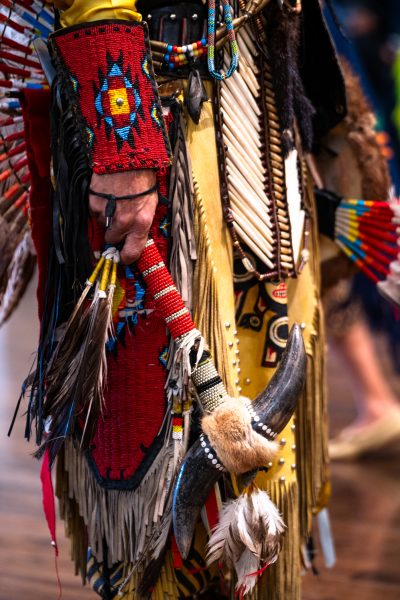
It’s events such as these that can make one feel at home when in a new place for the first time. Chavez gave her perspective on being from a different part of the country and moving to Fort Collins as a Native American.
“For me, as an out-of-state student coming into such an urbanized area, it’s really nice to see a lot of people that look like me and a lot of people that understand where I come from and who I am as a person,” Chavez said.
Thatcher Boehr, a member of the Lakota tribe, discussed his feelings as an annual spectator of the Powwow.
“It’s just very nice being able to reconnect with the past and kind of just feel connected with everyone else,” Boehr said. “It’s very important to accept who you are, but it’s also important to know who you are.”
The Powwow is a space for the community to come together at CSU with a larger purpose.
“Really, it’s about a larger understanding of what it means to be who you are and how you connect to not just our presence but particularly our Indigenous peoples, our past and also our future,” Martinez said.
Reach McKenna Van Voris at life@collegian.com or on Twitter @mckenna_vv.


